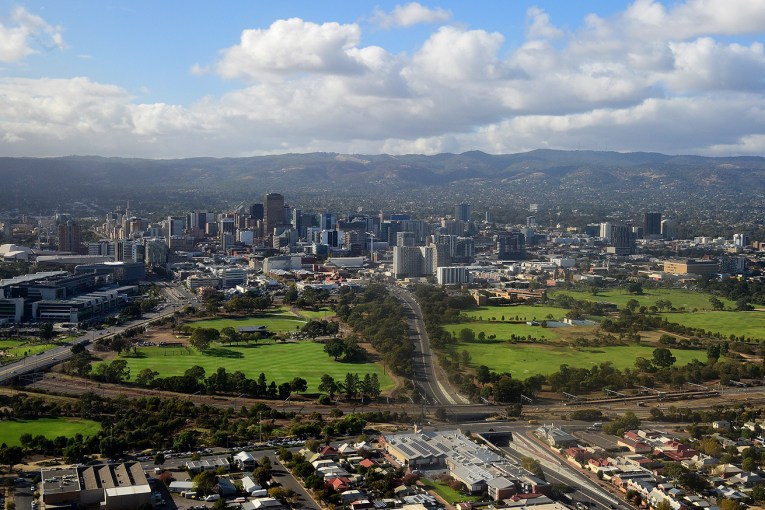Desperate measures as Australian suburbs suffer ‘astronomical’ rents

Renters are becoming so desperate to secure housing they’re now offering more than advertised for leases, according to grim new figures.
Property analysis firm PropTrack has published the suburbs where rents have skyrocketed most over the past 12 months, revealing places where prices have risen by as much as 47 per cent in 2022-23.
PropTrack economist Anne Flaherty said a resurgence in migration and a shortage of housing are combining to drive up prices.
Some desperate families are even starting to offer landlords higher-than-advertised rents in a bid to succeed with their applications, she said.
“The rent growth has been astronomical,” Ms Flaherty told TND.
“We’re seeing that for every property available for rent there are more renters competing for that property.
“That means landlords are able to charge higher rents; tenants are even offering higher rents to make their bid successful.”
Nine of the 10 suburbs that experienced the biggest increases in median house rents in the past year were in regional Australia, PropTrack said.
Katanning, Western Australia saw the worst rise, with median rents rising by 47 per cent to $375 a week, followed by Port Broughton in South Australia, where median rents rose 43 per cent to $340 a week.
Ms Flaherty said huge numbers of Australians moving out of major cities during COVID-19 mean there are now more people competing for leases in regional areas, in addition to longstanding and acute housing shortages.
In urban areas, unit rents have risen an astonishing 42 per cent in Melbourne to $540 a week, while Darlington in New South Wales has seen prices go up 38 per cent to $565.
These rent increases are likely not over either, at least not according to the Reserve Bank, which told parliamentary hearings earlier this month that low vacancy rates would continue to drive prices higher for renters.
“We’ve known for a long time that advertised rents are growing much faster than advertised stock,” RBA assistant governor Luci Ellis said.
“Because of the tightness in the rental market and because of the low rate of vacancies in most places.
“We are expecting rental growth to continue to pick up.”

Construction costs are contributing to the rental market blowout. Photo: TND
Figures from SQM Research show rental vacancy rates across the nation are sitting at a record low, with just 1 per cent of properties unfilled in January.
Vacancies are particularly low in Brisbane, where just 0.8 per cent of the market is currently unfilled.
In Sydney the vacancy rate is just 1.3 per cent, while Melbourne has only 1.2 per cent of properties without tenants, according to SQM.
The federal government has pointed to its Housing Accord – a goal to build one million homes over five years from 2024 – when asked how it plans to tackle the housing crisis that’s pushing up rents.
But Ms Flaherty said while co-operation between federal and state leaders is a positive step, the proposed construction period is one in which building costs and the time it takes to construct homes will be blowing out.
“It’s more expensive to build homes at the moment,” Ms Flaherty said.
“It’s a really challenging market for [housing] developments.”










